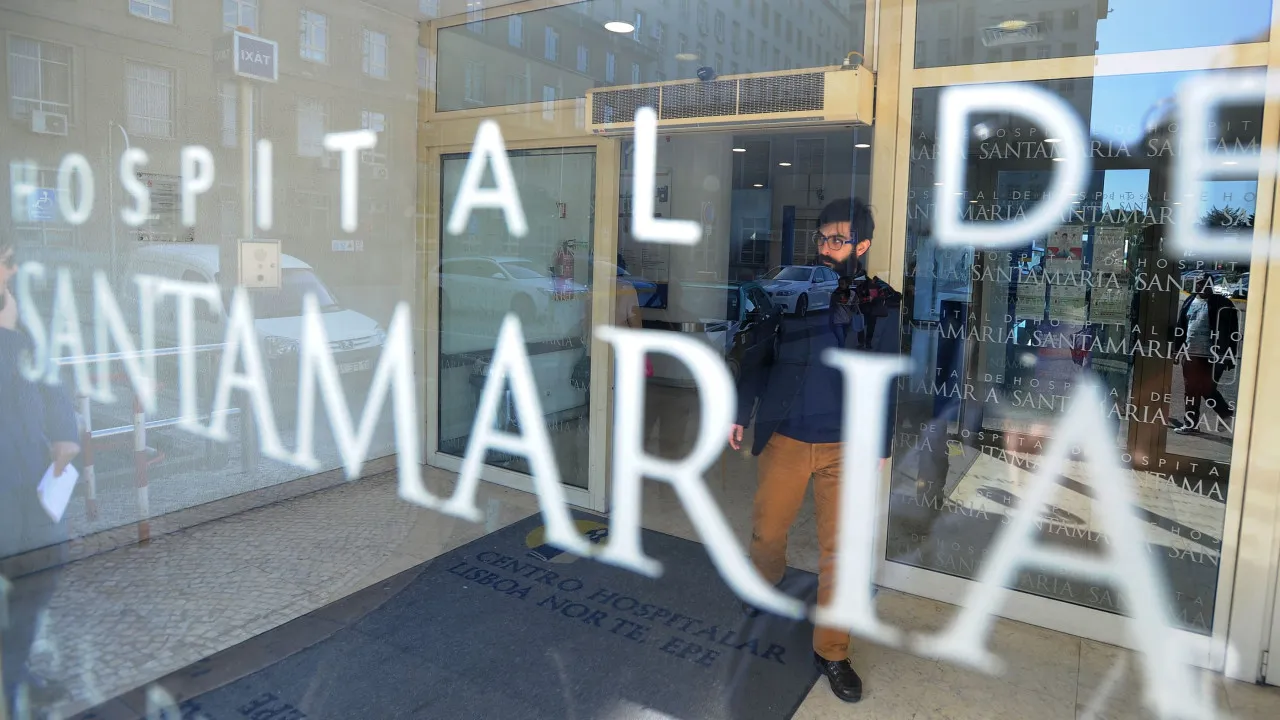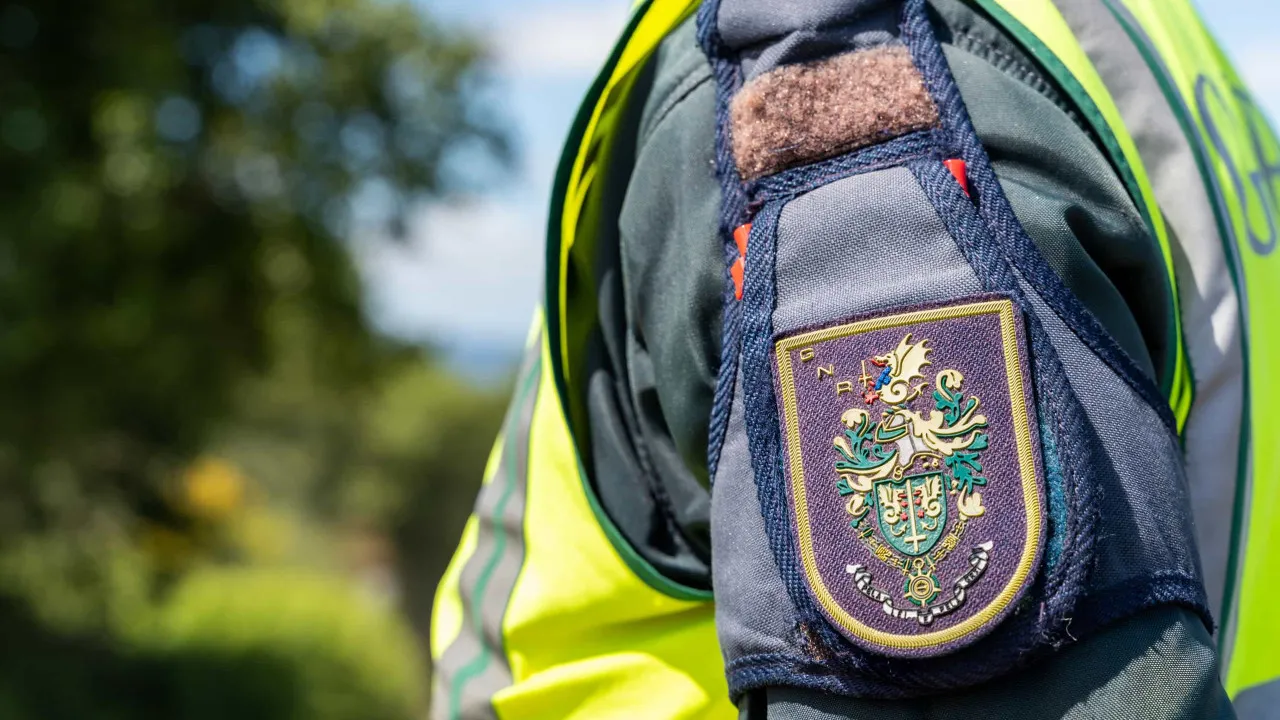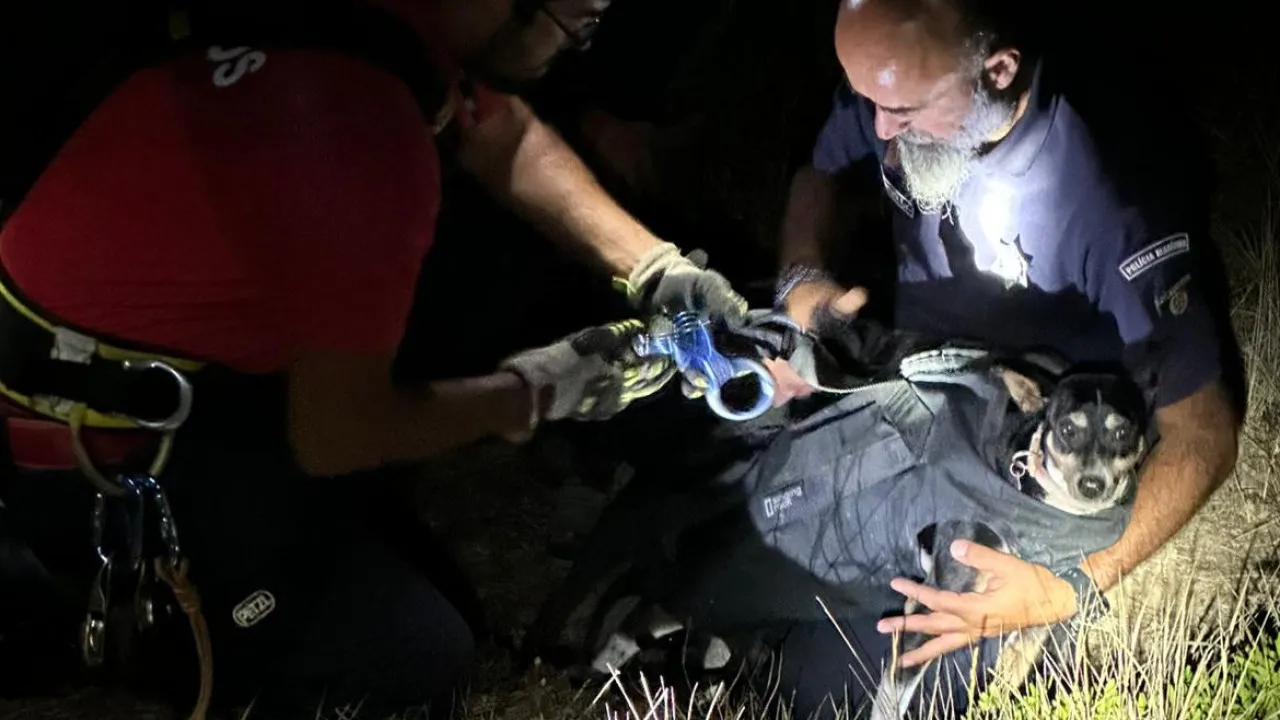
The sound of traditional sewing machines reverberates in a discreet room on the ground floor of Santa Maria Hospital in Lisbon. Here, seamstresses face the daily challenge of repairing, adapting, and reusing the heap of clothes that arrive each day from the laundry.
Daily, about six tons of clothes from Santa Maria and Pulido Valente hospitals, both part of the Santa Maria Local Health Unit (ULSSM), are sent for washing. Most of these clothes include sheets, patient pajamas, and surgical garments.
“This clothing undergoes a washing and sanitizing process at the laundry outside the hospital unit,” where items are sorted for damage, tears, or missing buttons. They are then separated with “a tag to identify sewing,” explained Teresa Silva, coordinator of the Hospitality Management Unit of ULS Santa Maria.
Natural wear and the washing process damage many pieces, but in urgent situations, clothing may need to be torn to save a life.
Faced with this, the options are to destroy or repurpose it.
“This is what these ladies do here. We try to maximize the useful life of the items,” which also saves the hospital from having to purchase new clothing, emphasized Teresa Silva.
On average, 3,000 to 3,500 pieces are restored each month by this service, which once employed 12 seamstresses. Today, there are only five, reflecting recruitment difficulties in a profession at risk of extinction.
More professionals would be needed to meet all requests, including employees’ uniforms, but with only five seamstresses, it’s impossible: “So, we chose to prioritize patient clothing,” Teresa Silva noted.
For these professionals, “each piece is a challenge” and “they only know what to do when they open it.”
Ten years ago, Fernanda Santos, 61, began working in the sewing room. She knew how to sew by machine because she learned from her mother, also a seamstress, but she initially only handled “simpler things” like stitching hems.
Over time, she perfected her technique. Pieces in her hands now gain new life, as she explained while transforming pajama pants, cut in orthopedics due to casts, into shorts.
Torn shirts get new necklines, sheets with significant damage are repurposed as covers, and if still in good condition, transformed into crib sheets for babies.
“If the sheet is very worn, it’s not worth wasting the thread,” Fernanda said with a smile.
The seamstress recalled with emotion the pandemic period when she was on the frontline making hoods, leg guards, and elbow pads for healthcare professionals.
During a time when the world faced a shortage of personal protective equipment, Fernanda and her colleagues worked tirelessly.
“There were many hours of work, but I did it gladly because I knew it was necessary,” she said, moved. Fernanda thought of her daughter, a nurse who also might need that material.
Despite the endless hours of sewing, Fernanda felt like she was part of history: “I was on the frontline because I helped those on the frontline. Without us, they would also be a bit more distressed.”
Maria de Lurdes Isidoro has been in the sewing service for just seven months, although she has worked at the hospital for many years. Health reasons led her to change roles.
She stated that until then, she only knew “how to sew buttons and do hems.” “Initially, I helped my colleagues. They guided and adapted me.”
“Everything I know, I learned here, and I’m enjoying it. I’m always busy, which is what I want,” she said, adding humorously, “Now it’s sewing forward as long as there’s clothing, which never ends.”
Marisa Pereira, 57, is the hospital’s senior seamstress. She has worked there for 38 years and has lost count of the clothes she has recycled.
Being deaf does not hinder her colleagues. “For me, it’s no challenge. I understand well. Sometimes she almost speaks,” Fernanda noted, smiling at Marisa.
According to Fernanda, Marisa is recognized for her meticulous and effective work: “Whether difficult or easy, she manages.”




